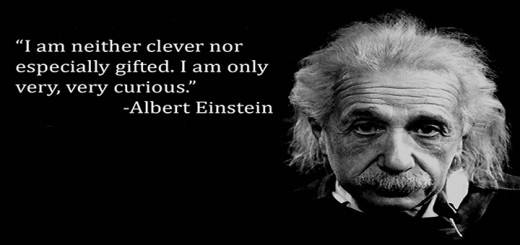Leaders Ask Questions to Make Better Decisions

Leaders ask questions to gain clarity, to deepen understanding, and to make better decisions. In fact, questions are a leaders’ best tool for gaining deeper appreciation and increased knowledge of the issues and challenges facing an organization.
The better your questions and understanding of the issues, the better your decisions will be. Better questions equal greater clarity; greater clarity equals deeper understanding; deeper understanding equals better decisions; and better decisions equal better results for your organization.
A leader is focused on communicating clearly and ensuring that he is moving the organization in the right direction. By virtue of her position, a leader receives numerous opinions, viewpoints, recommendations, and ideas, which must be filtered, synthesized, fact-checked, and gut-checked… before she can focus on making a good decision.
Most decisions are made without all of the necessary information available. The leader must close this information gap by asking good questions. The questions clarify the decision that has to be made and increases understanding of the associated facts, assumptions, and other information required to make an informed decision – especially in situations where details are lacking.
Leaders ask questions when they want to:
• Understand the problem or issue
• Determine the breadth and depth of a problem or issue
• Reduce a problem down to a manageable size
• Develop a solution to a problem or issue
• Establish the level of competence or knowledge
• Understand the background or history of a problem or issue
• Understand the different sides of a problem or issue
• Teach, coach, and mentor followers
• Verify the accuracy of or cross-check information
For example, one way to use questions to make better decisions is for the leader to examine a problem from every conceivable angle until, by asking detailed questions, he gains an in-depth understanding of the scope, complexity, risk, and overall impact of the problem on his organization.
The intent of this effort is to use questions to thoroughly dissect a problem in such a way that if the leader had to explain the problem to a child, the child would understand it. If the leader possesses enough clarity and understanding to communicate a complex problem to a child and the child gets it, his followers will too.
The end result is for the leader to have gained increased clarity and understanding by having executed a very thorough examination of the problem which positions him to make sound decisions in support of his organizations’ objectives.







Recent Comments